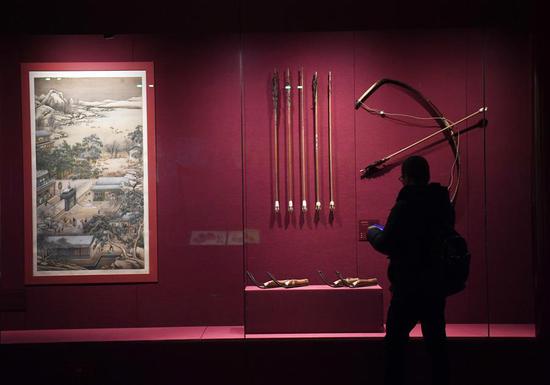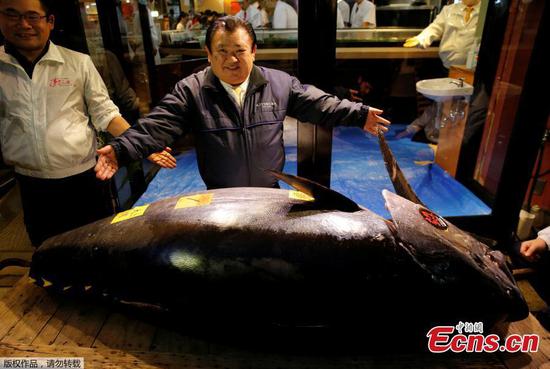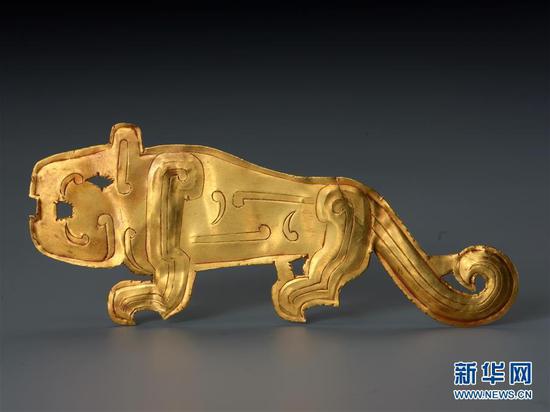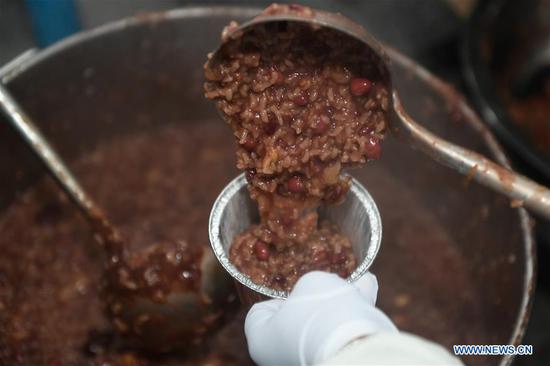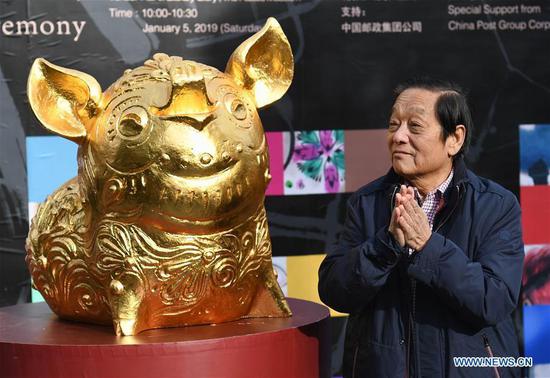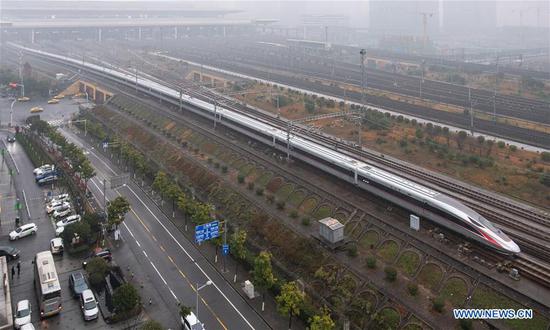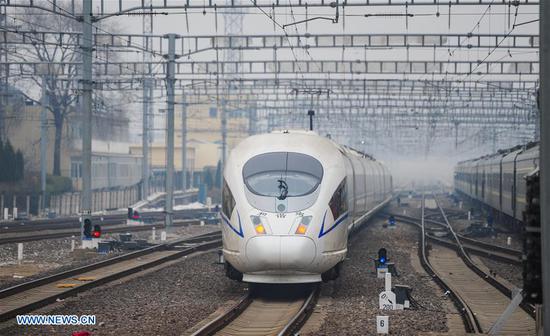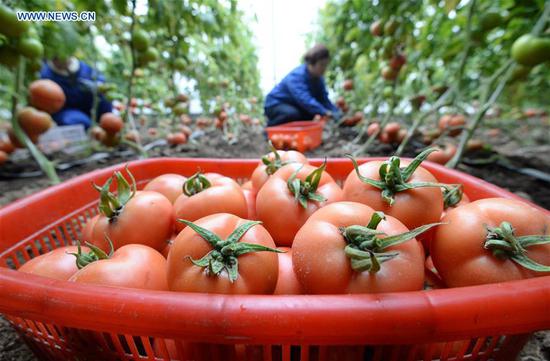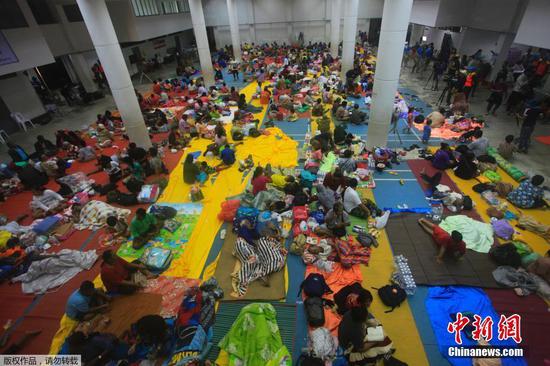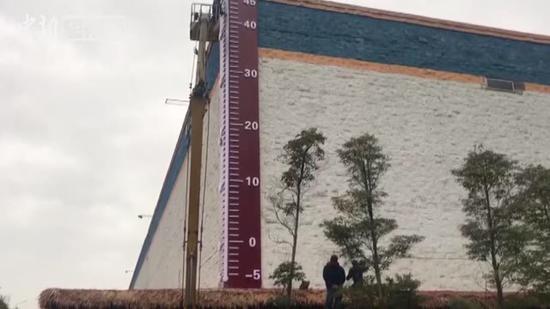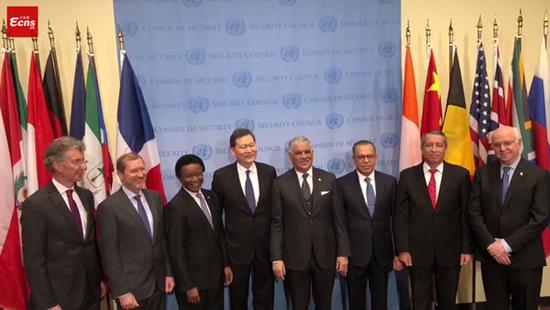Editor's Note: Jimmy Zhu is chief strategist at Fullerton Markets. The article reflects the author's opinion, and not necessarily the views of CGTN.
Predicting the monetary actions of a central bank is never simple, but look closely at the People's Bank of China's (PBOC) past behavior and there were plenty of clues that last week's broad-based reserve requirement ratio (RRR) was on the cards.
Manufacturing gauge an indicator of RRR cuts
The RRR cut announced last Friday by China's central bank was widely expected, but a broad-based one was not – such a move has not been seen since March 2016.
FTSE China A50 futures reacted aggressively to the announcement; the Aussie dollar, a proxy of Chinese economic outlook, also rallied and quickly returned to territory above 0.70 versus the US dollar.
Why did PBOC make the move? The chart below shows that the most important trigger for a broad-based cut – not only the recent one, but for all such cuts in the past decade – is a contraction in manufacturing activity.
There have been three easing cycles since the global financial crisis:
1. PBOC started to cut RRR in October 2008, when China's manufacturing purchasing managers index (PMI) dipped to below 50 from 51.2 the previous month.
2. The second cycle of broad-based cuts started in December 2011, after manufacturing PMI dropped below 50 in November from 50.4 a month earlier.
3. The third cut cycle kicked off in February 2015, after PMI dropped below 50 in January from 50.1 a month prior.
China's PMI fell to 49.4 in December 2018, which may well explain why the central bank chose to re-start a broad-based RRR cut last week, a move aimed at injecting more liquidity into the manufacturing market.
RRR cuts favor local bond markets, not equities
The Shanghai composite index dropped over 24 percent in 2018, and investors are keenly analyzing whether the index is approaching the bottom.
Many factors drive the value of the domestic stocks market, including economic outlook, monetary and fiscal policies, and even the exchange rate of the yuan.
However, as the chart below shows, RRR cuts have boosted bond prices while stocks tended to embark on roller coaster rides in these periods.
It's not difficult to explain such phenomena. History shows that when PBOC started to conduct broad-based RRR, manufacturing activities usually had already moved into contraction territory.











